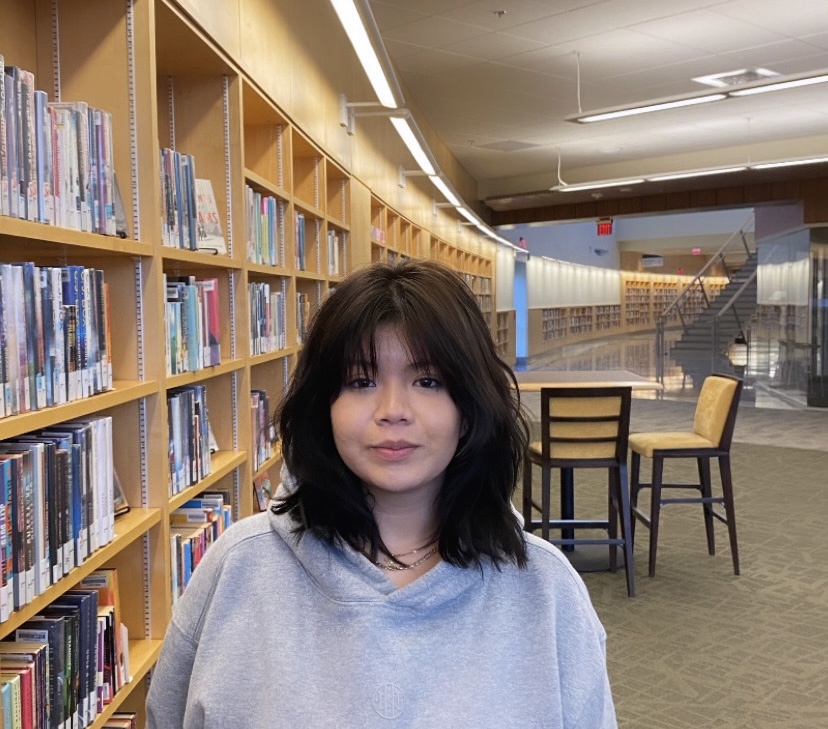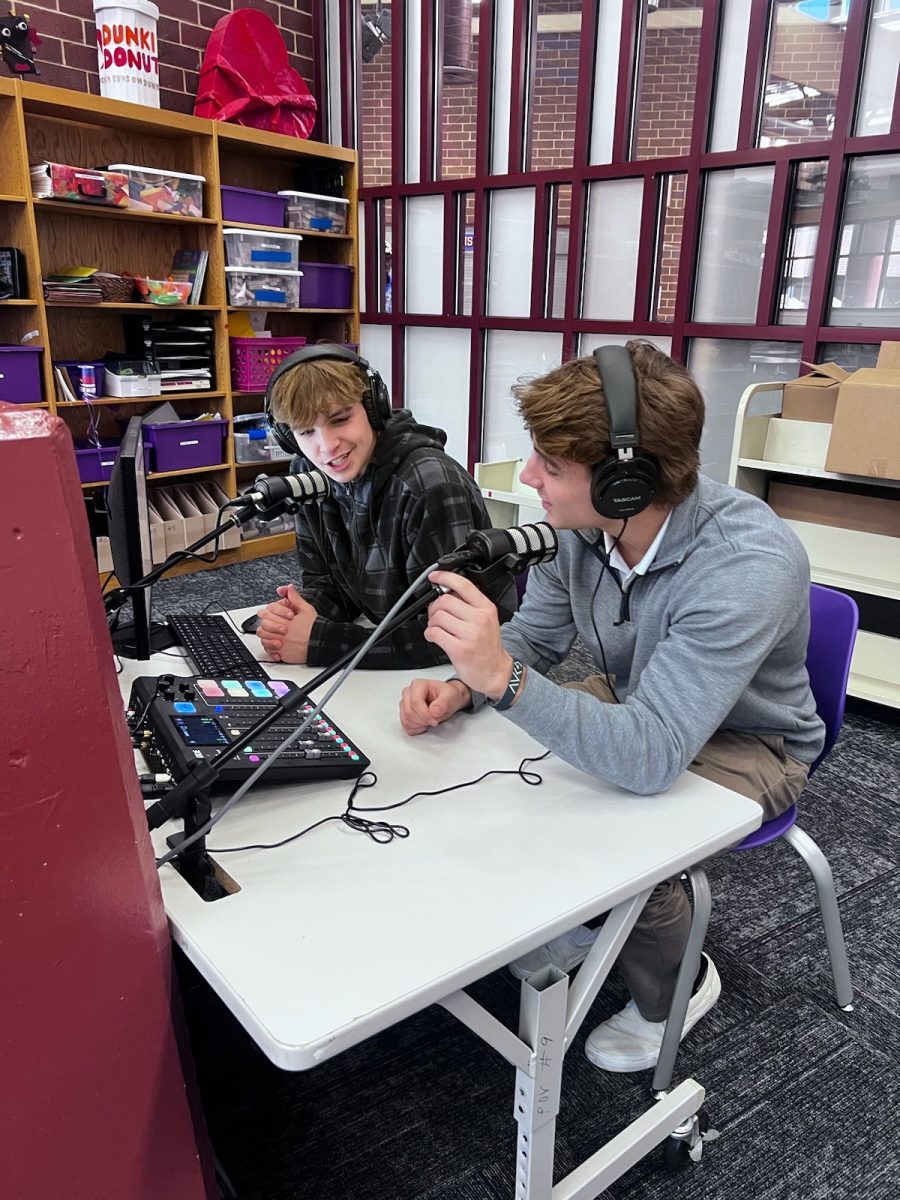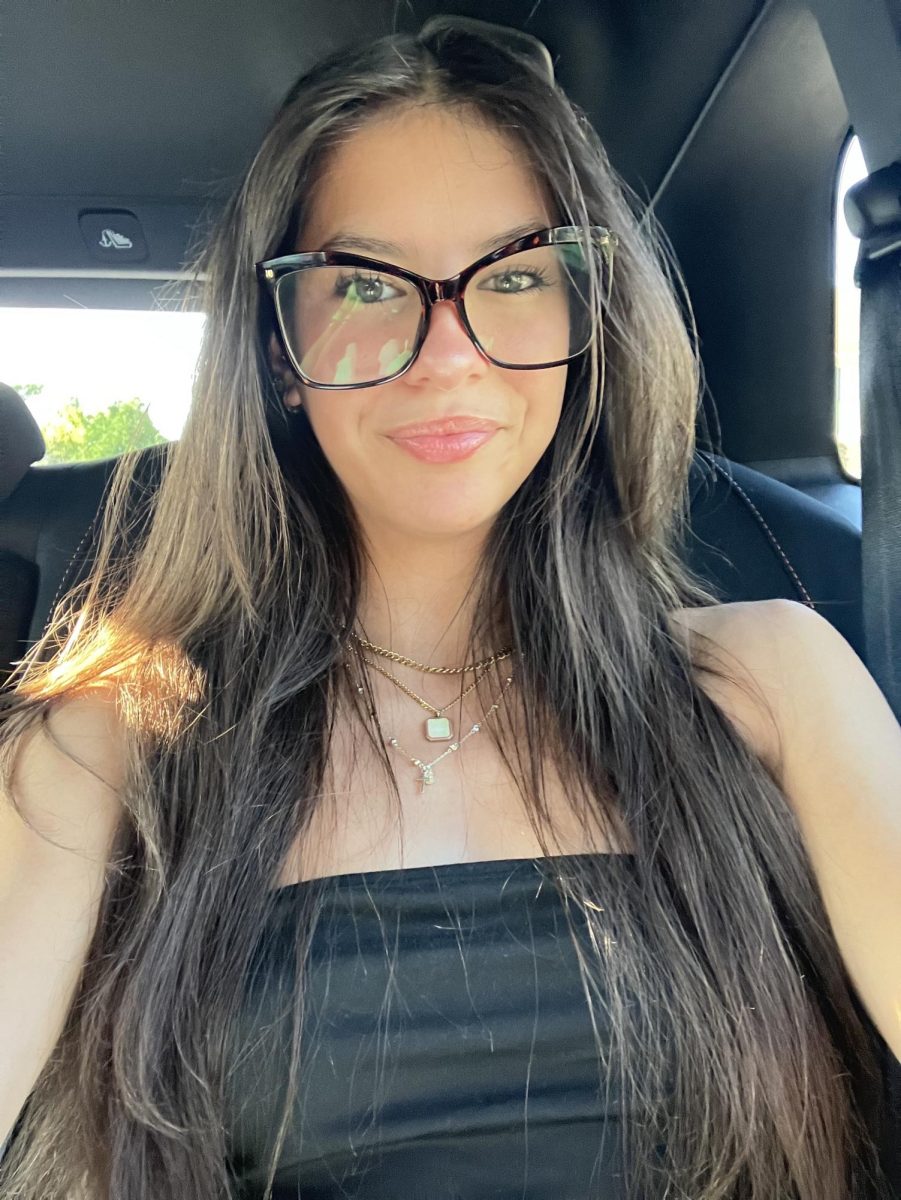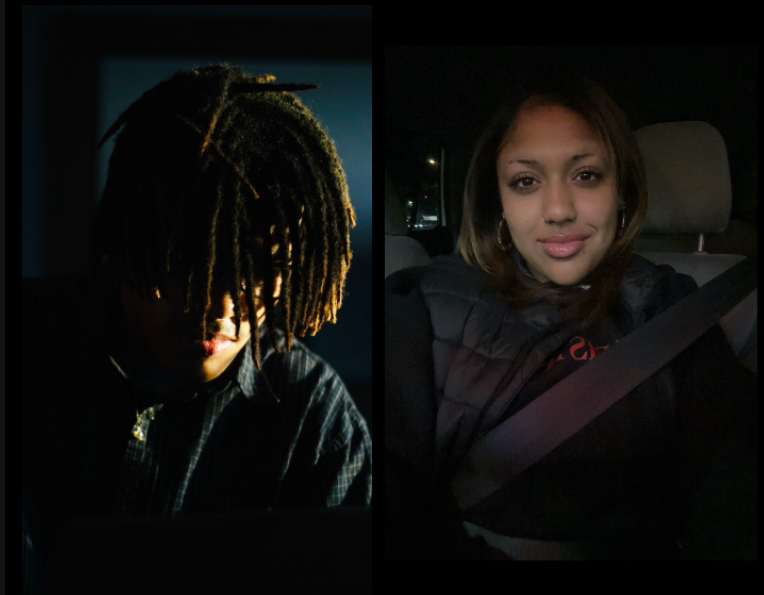Throughout the evolution of art, technology has had one of the biggest impacts on modern day art. Technology has created new and advanced ways to use art by introducing new tools, mediums, and platforms that helped reshape artistic expressions. These new advancements have not only influenced how art is created and experienced but also how it’s shared and appreciated throughout the world. Tallwood students are able to see how art has been advancing in art class. Many students that enjoy art class are fascinated with the big advancements that art has taken. This multifaceted relationship between technology and art continues to evolve, reflecting broader cultural and societal shifts in the art community.
New advancements of technology have changed the art world, providing artists with new tools and opportunities for creative expression. As noted by Gaston La-Gaffe, “digital tools and platforms have instigated a paradigm shift, profoundly altering the landscape for artists to conceive, disseminate, and engage with their art.” The shift includes a group of digital mediums such as graphic design, digital painting, and interactive installations, which allow artists to experiment with innovative techniques.
Additionally, online platforms and social media enabled artists to share their work with a more global audience, being able to get immediate interactions and feedback. By being able to bring a new perspective into the art world artists are able to bring gin different types of art. By being able to bring in these new perspectives it shows how technology has advanced art and how these updates in art will forever change the art community.
Even Though technology has opened new opportunities for artist expression, it has also raised concerns about the future of traditional art forms. Many artists and critics have expressed concerns that the proliferation of digital art may overshadow classical techniques, potentially diminishing their value. “to achieve further innovation and reform the concept of the art of combining digital and multimedia, the original traditional artistic thinking and design methods should be abandoned, and the art of combining digital and multimedia with cultural connotations and contemporary values should be created.”
(Chen) Establishments such as galleries and museums are starting to adapt to the shift of digital art by incorporating digital exhibitions and virtual reality experiences. With digital art being on the rise it has also raised debates about ownership and authenticity particularly regarding the use of non-fungible tokens (NFTs) and digital copyright. As NFTs rise and gain more popularity it gives more of a significant impact to traditional art by shifting its perceptions of value and ownership. “I believe we are witnessing the beginning of the next chapter in art history, digital art.”(Weiner) Since digital art has become the next big thing in the art community this takes away attention and funding from more traditional art works. This trend challenges all artists to adapt which means new ways of doing art and that includes merging digital and classical techniques so both could stay relevant.
Furthermore, traditional art institutions may feel pressure to take in digital mediums and integrate them into more of a digital artist perspective rather than traditional art. Traditional artists have a harder time accepting technology into art because they fear that people will forget the roots of traditional art and how it might be just technology. They have also shown concern for plagiarism and think it may be hard for artists to claim what’s theirs their own. Even with concern, advancement is still being made as we move forward into the digital age and sooner or later this will no longer be an issue.
Technology and art has ushered in a transformative era for creative expression. As this evolution continues, it is evident that technological advancements have redefined the tools and mediums available to their artists. Reshaping how audiences experience and engage with art, this type of relationship dynamic has challenged traditional norms prompting the art community to adapt to what the future of art has to offer. The rise of NFTs has changed how digital art is bought and sold, creating new opportunities while raising questions for ownership. Technology not only helped advance how the world views art but also gave artists tools in order for them to be expressive with their creativity.
With the way things are going for technology and art this is paving the way for a future where creativity and technology coexist in increasingly compelling ways. Technology has opened doors for students to use at home apps in order to do what they love most and have a long time of creativity.







